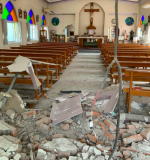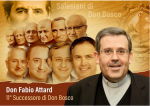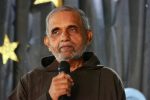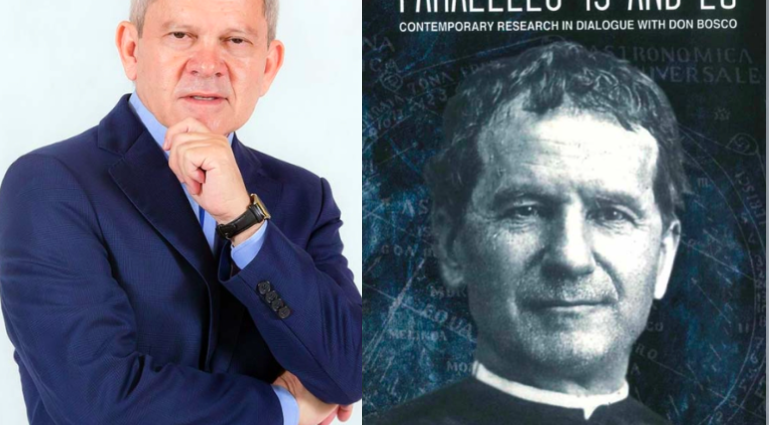Fr C.M. Paul
Kolkata, September 15, 2024: Parallels 15 and 20 is a new book by Salesian Father Gildasio Mendes, General Councillor for Social Communication based in Rome.
In his book now available to download free the author writes, “It is my attempt to open one, or more doors for dialogue with scientists and engineers, through a more technical perspective on Don Bosco’s way of educating, as he designed his educational pedagogy.”
The author insists the book does not offer a theological or religious interpretation of John Bosco’s mind: “it is a text that seeks to define some variables based on Don Bosco’s phenomenological experience.”
Starting from some assumptions about multiple intelligence, neuroscience, spatial geography, virtual reality, cognitive and affective psychology, the author proposes to find the epistemological elements in Don Bosco the man and the saint, and in his educational work. With this exercise, the author hopes to open a dialogue in a world that is dominated by science and technology.
On the occasion of the bicentenary of John Bosco’s famous dream at nine years of age in 1824 which laid out his future mission of youth ministry, Fr Mendes presents Don Bosco, as an architect of the human and the material, who creates and shapes the things around him. Everything is seen in terms of relationship, space, movement, human, technical and organisational dynamism.
The dream at 9 years of age would shape his future and inspire his life’s work. In the dream, John saw himself surrounded by a group of boys who were laughing, playing games, and quite a few were swearing. When he heard these evil words he jumped immediately amongst them, and tried to stop them by using harsh words and fists. At that moment, a dignified man appeared, and called him by name, and told him to win over unruly boys not by blows but by gentleness and love, teaching them the ugliness of sin and of the beauty of virtue. Soon he saw the unruly boys who had turned into wolves, become gentle lambs.
The 19 volume Biographical Memoirs of Saint John Bosco reports 153 dreams that the saint wrote down, narrated, or merely mentioned. They could have different interpretations, but are full of images, designs, geographical elements (spaces, dimensions, relationships, distances, correlations), visual elements, sounds: all forming a veritable kaleidoscope.
Further, the author shows how Don Bosco studied geography and mentally created images and symbols, drew up real layouts for churches and schools. He planned his educational environments, including the courtyard or playground. He engaged in real engineering of places, spaces, and the architectural relationships between spaces and people.
In the final part of the 125 page book, the author proposes a dialogue between Don Bosco’s educational vision and some contemporary sciences such as artificial intelligence, biotechnology, biology and ecology, and education.










